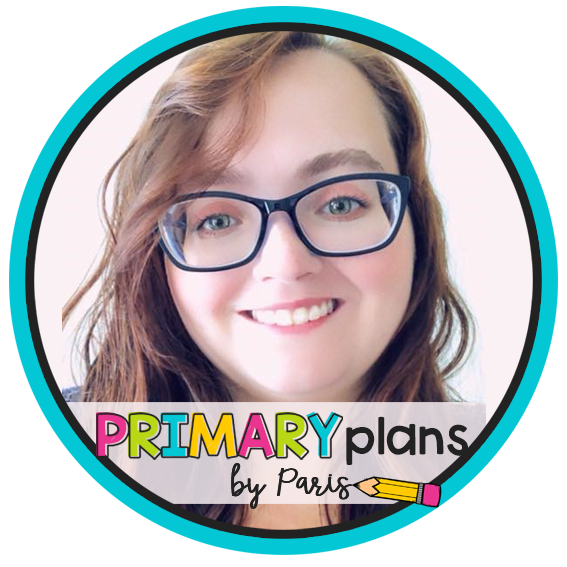Is your school doing distance learning? Do you want to use more technology in your classroom?
Google Classroom is a great learning management system for all grades. Keep reading to learn how to get started.
There is a bonus opportunity at the end of this blog for primary teachers to check out Computer Tools Digital Lesson to teach your students how to use the computer.
Creating a Class
To get started, you first need to have a Google account. If you don’t have one, sign-up is easy and Google walks you through it. After accessing your Google account, click the grid of nine dots at the top left corner of the screen that is next to your profile picture. Scroll down until you see the Google Classroom icon: a green chalkboard.
One of the best ways to learn about Google Classroom is to create a practice class to test its various capabilities. To create a class, click the plus sign and select “create class.” Text boxes will pop up to describe your class: Name, Section, Subject, Room.

For Name, type your school name and the year. As an elementary school teacher, I suggest typing your grade level and the year in the Section field, leaving Subject and Room blank. If you are departmentalized, a middle school or high school teacher, Section can be the title of each of your class periods.
Organizing Class
Now that you have a digital classroom, then what? Before everyone settles in, think about how you want to set up your classroom.
Ask yourself the following questions:
- How is my physical classroom set up?
- How is the class scheduled?
- On what days do I meet?
- Is work assigned weekly and due on Fridays?
- What’s the ability level of my class?
Teachers commonly organize their Google Classrooms weekly or by subject. If organizing by week, name topics for each week: “Week 1” or “Week 1: August 10th -14th.” If organizing by subject, name topics the subjects you teach.

The subjects can be basic: math, reading, science, social studies. Alternatively, the subjects can be the specific units of study that you teach: Farm, Butterflies, Flowers, for example, or World War I, World War II.
To name topics, go to the “Classwork” tab, then click “Create” and “Topic.”
If organizing by basic subjects, the classroom can look cluttered as the year goes on. To clean it up, create a topic called, “Past Assignments.” This is where you can place old assignments, particularly assignments from past grading periods.
Adding Students
What’s a class without students?
There are two ways to add students to your new Google Classroom: email invite and class code.
The easiest way is for students to join via the class code. It is a unique set of numbers and letters under your class title. Display the class code for students by clicking the square next to the code.
Similar to creating a class, students go to the Google Classroom site, click the plus sign, and select “join class” to enter the class code.
You can also invite students to join under the “People” tab using their school email.
Google Applications
Now that all your topics are organized, you need to determine what work to assign. Google has integrated applications that make it easy to assign work in Google Classroom.
- Google Docs: a word-processor for writing essays
- Google Slides: for presentations and interactive activities
- Google Sheets: for tables, graphs, and math
- Google Forms: for quizzes and tests

Adding Content

Google Slides is the most comprehensive application for creating a variety of tasks. In Slides, you can add images, text boxes, notes, and instructions. Students can customize slides by inserting pictures, and changing colors and fonts. See an example of a vocabulary square above. Students can also drag and drop images in sorting activities. You can create many different types of assignments and lessons using Slides.
Now you have your Google Classroom set up! Time to start creating activities!
Join the Primary Party to receive email notifications on the upcoming blog: How to Create Google Classroom Activities.

Do you teach pre-K, Kinder or First Grade? Looking for a lesson on teaching how to use a computer? Check out this Computer Tools Digital Lesson.
Are you a first-grade teacher looking for pre-made digital lessons? Check out these First Grade Plans.







